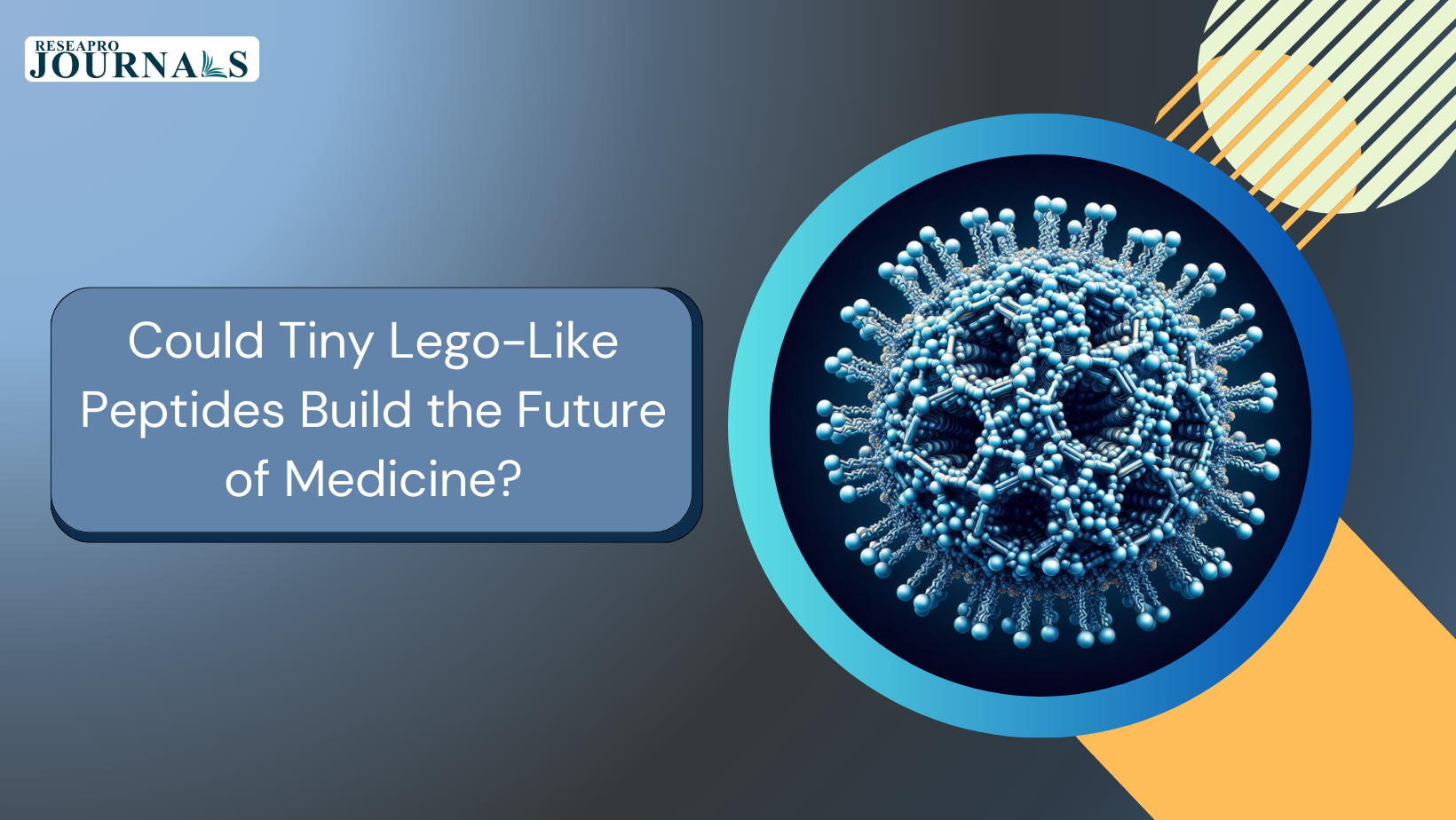
Imagine a world where medicine is delivered directly to diseased cells, vaccines are more effective than ever, and damaged tissues heal themselves. This isn’t science fiction; it’s the potential future driven by the remarkable properties of self-assembling peptides. These tiny protein fragments, akin to microscopic building blocks, have the astonishing ability to join forces and form intricate 3D structures under specific conditions. This phenomenon, actively explored in labs worldwide, holds immense promise for various fields, particularly biotechnology.

From Vaccine Champions to Drug Delivery Experts:
Self-assembling peptides can revolutionize the way we fight diseases. Imagine them acting as vaccine scaffolds, displaying antigens (pathogen fragments) in a highly organized manner. This mimics how natural infections present themselves, triggering the immune system to mount a more robust and targeted response. This could lead to the development of vaccines that are not only more effective but also more specific, minimizing side effects.
However, the power of self-assembling peptides extends beyond vaccines. These tiny architects can also become drug delivery experts. Imagine them encapsulating medication and self-assembling it into microscopic capsules. These capsules could then be programmed to deliver their cargo directly to diseased cells, bypassing healthy tissues and minimizing the risk of adverse effects. This targeted approach could significantly improve treatment efficacy while reducing side effects, offering a more personalized and effective approach to healthcare.
Tissue Regeneration Masters and Eco-Friendly Warriors:
The potential of self-assembling peptides doesn’t stop there. By mimicking the intricate structures found in natural tissues, these peptides can become tissue regeneration masters. Imagine damaged bones or organs healing themselves with the help of these peptide architects. This could revolutionize how we treat injuries and diseases, offering hope for patients suffering from conditions like osteoarthritis or organ failure.
Furthermore, self-assembling peptides are often biodegradable and biocompatible, making them eco-friendly warriors. Unlike traditional materials used in medicine and technology, these peptides pose minimal environmental impact, adding an ethical and sustainable dimension to their potential applications.
Challenges and the Road Ahead:
While the potential of self-assembling peptides is vast, the journey to fully realizing it requires overcoming some challenges. Scientists are actively working on optimizing peptide design, ensuring they can assemble into the desired shapes and functions. Understanding the intricate mechanisms that govern their self-assembly is also crucial for maximizing their potential. Additionally, scaling up production to meet the demands of large-scale applications is another hurdle that needs to be addressed.
Despite these challenges, the research in this field is rapidly progressing. With continued dedication and ingenuity, we can expect self-assembling peptides to play a transformative role in shaping the future of medicine, materials science, and beyond. These tiny architects hold the potential to build a healthier, more sustainable world, and the journey of unlocking their full potential has just begun.
